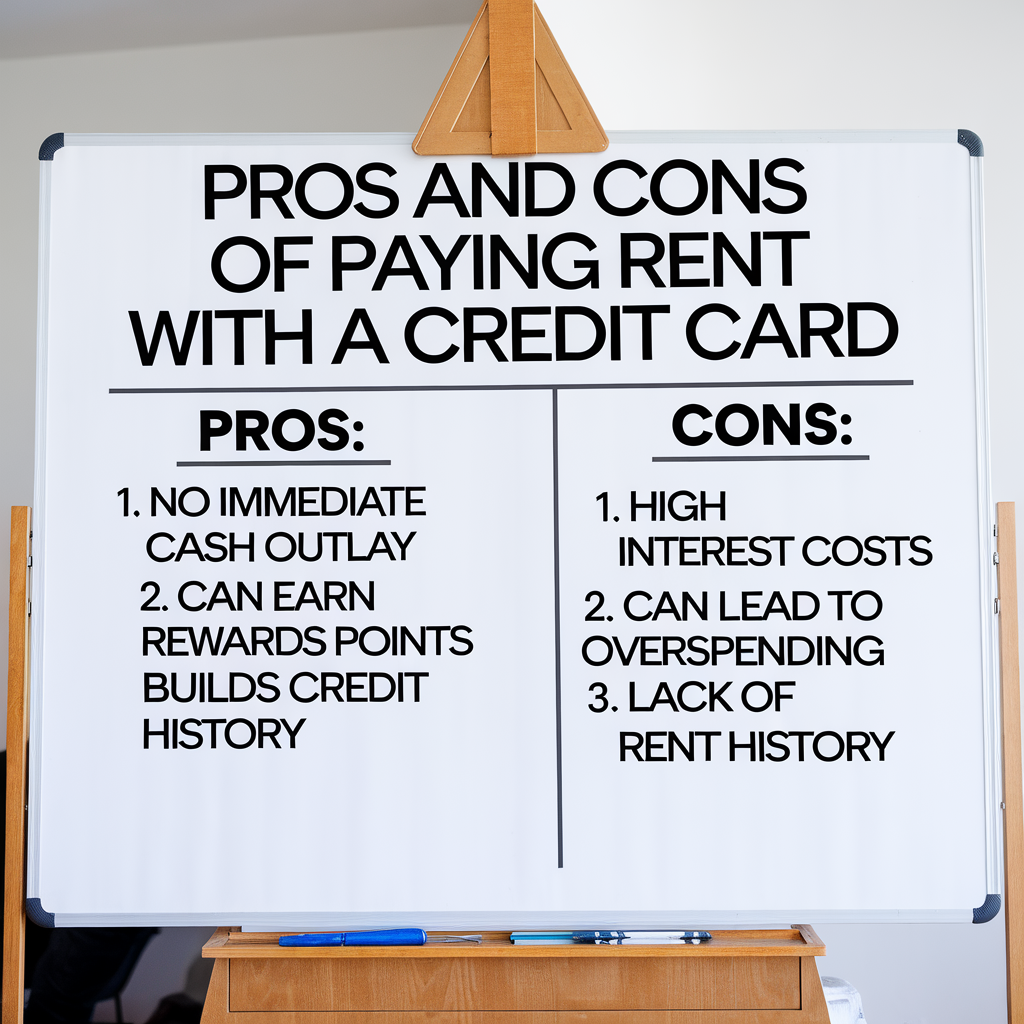How to Identify and Recover from Bad Investment Choices
Investing is a journey filled with ups and downs. Even the most experienced investors encounter setbacks. The key to long-term success is not avoiding mistakes altogether but learning how to manage and recover from them. At O1ne Mortgage, we understand the complexities of investment and are here to guide you through the process. If you need any mortgage services, feel free to call us at 213-732-3074. Let’s dive into how you can identify and turn around bad investment choices.
Identifying a Bad Investment Choice
Recognizing a poor investment is the first step toward mitigating losses. Here are some signs that an investment may not be the right fit for your portfolio:
Misalignment with Goals
Your investment should align with your financial goals and risk tolerance. For instance, if you’re in your 30s and saving for retirement, you might be able to take on more risk. Conversely, if you’re nearing retirement, a high-risk portfolio could jeopardize your savings.
Following the Hype
Investing based on hype rather than solid research can lead to poor outcomes. Meme stocks and cryptocurrencies often attract attention but may not provide long-term value.
Sustained Losses
While market fluctuations are normal, a significant and sustained loss in an investment might indicate a poor choice. The likelihood of such an investment returning to its original value can be low.
Market Timing
Attempting to time the market is a risky strategy. If you’re waiting for the perfect moment to sell, you might end up disappointed. Market timing is notoriously difficult and often leads to losses.
Lack of Knowledge
Investing in something you don’t understand is a recipe for disaster. Always research thoroughly to ensure the investment fits well within your portfolio.
If you recognize any of these signs in your investments, don’t feel guilty. Investment is a learning process, and it’s essential to remain objective about your decisions.
When to Cut Your Losses
Admitting that an investment isn’t working out can be tough, but it’s crucial for maximizing your gains. Here are some strategies to help you decide when to cut your losses:
Set a Threshold
Determine a specific loss percentage at which you’ll sell an investment, such as 5% or 8%. You can set up a stop-loss order to automate this process, helping you avoid emotional decision-making.
Sell Underperforming Stocks
If a particular stock is underperforming while the rest of the market is doing well, it might be time to sell. This approach helps you avoid holding onto losing investments for too long.
Regular Portfolio Reviews
Review your portfolio at least once a year to ensure it aligns with your investment strategy and goals. Make adjustments as needed to cut losses and optimize performance.
Check Emotional Attachment
Emotional attachment to an investment can cloud your judgment. Review the performance of your investments objectively to make informed decisions.
Turning Bad Investments into Good Ones
Once you’ve identified and sold a poor investment, you can take steps to put your money to better use. Here are some strategies to consider:
Buy an Exchange-Traded Fund (ETF)
If your portfolio consists mainly of individual stocks, consider diversifying with an ETF. ETFs offer a mix of stocks, bonds, and other assets, providing diversification at a lower cost.
Align with Your Goals
Reinvest the money in something that aligns better with your financial goals. Whether it’s bolstering an existing position or exploring new opportunities, make sure your investments are well-researched and fit your strategy.
Diversify to Other Assets
Consider diversifying into bonds, real estate, or other assets that don’t correlate directly with the stock market. A diversified portfolio can help mitigate risk.
Pay Down High-Interest Debt
If you have high-interest debt, such as credit card debt, consider using the funds to pay it down. Reducing high-interest debt can free up more cash flow for future investments.
The Bottom Line
Even the most seasoned investors make poor investment choices from time to time. The key is to recognize when it’s time to cut your losses and make strategic adjustments to your portfolio. By following these guidelines, you can minimize the impact of bad investments and set yourself up for future success.
At O1ne Mortgage, we’re here to help you navigate the complexities of investing and mortgage services. If you have any questions or need assistance, don’t hesitate to call us at 213-732-3074. We’re committed to helping you achieve your financial goals.







